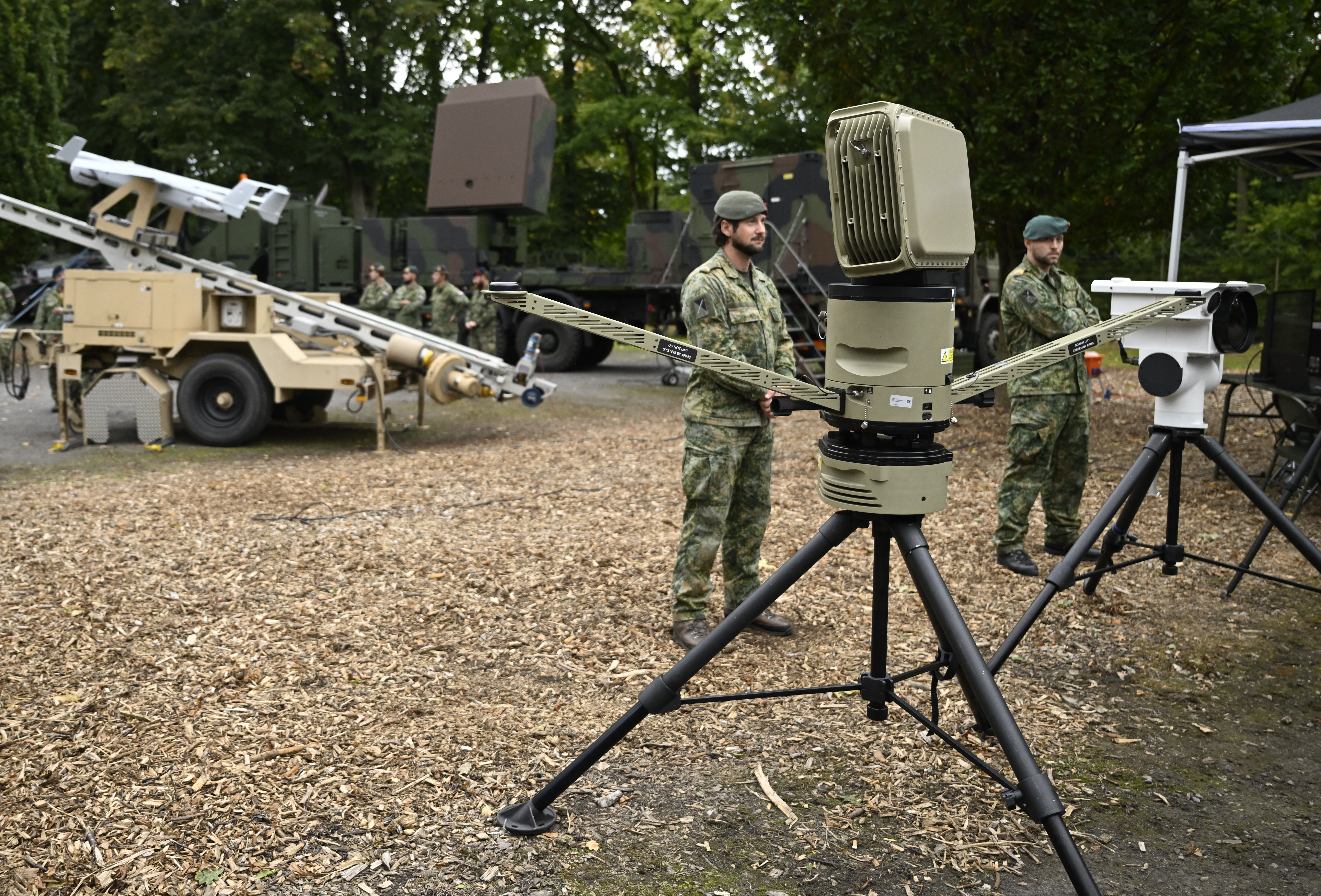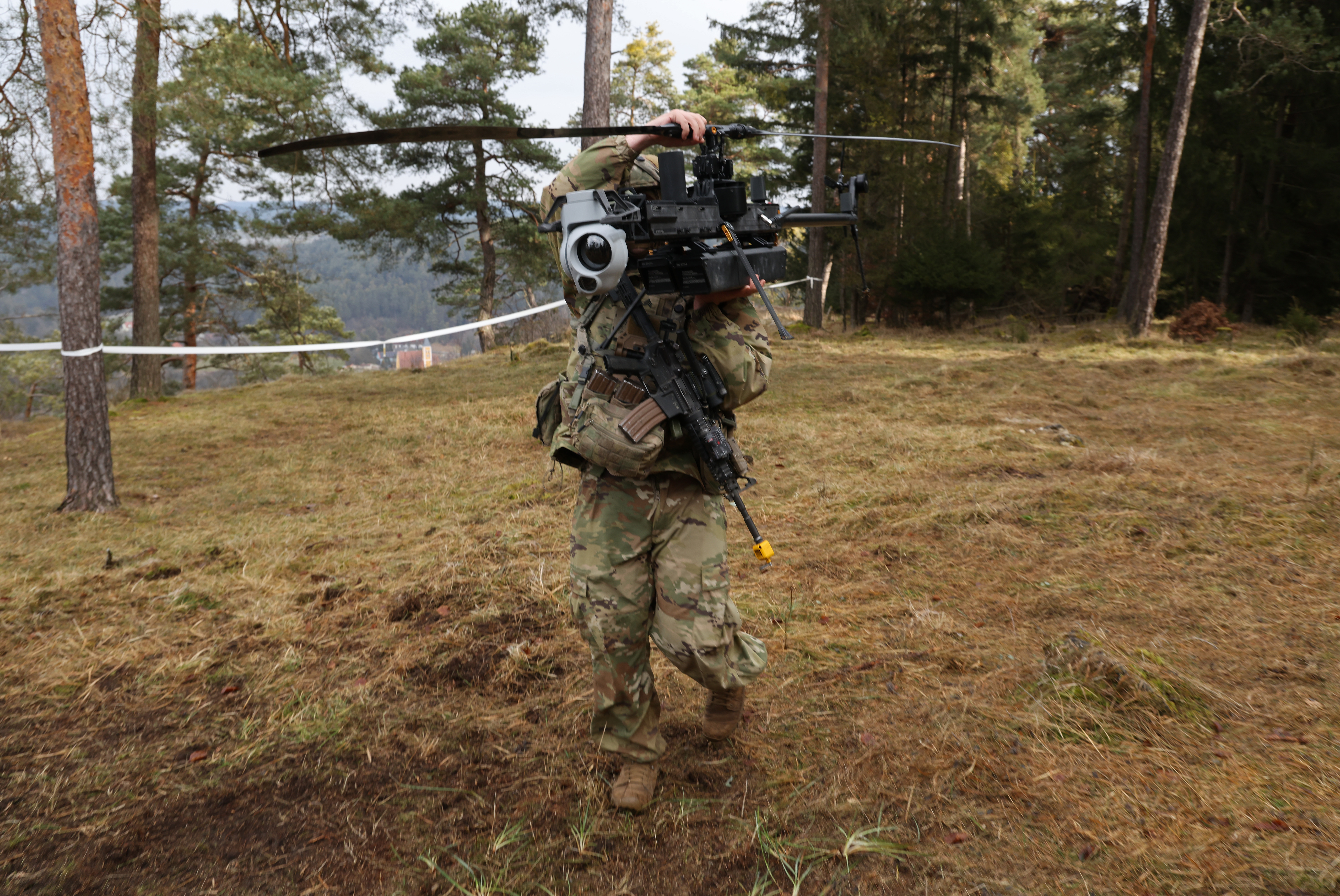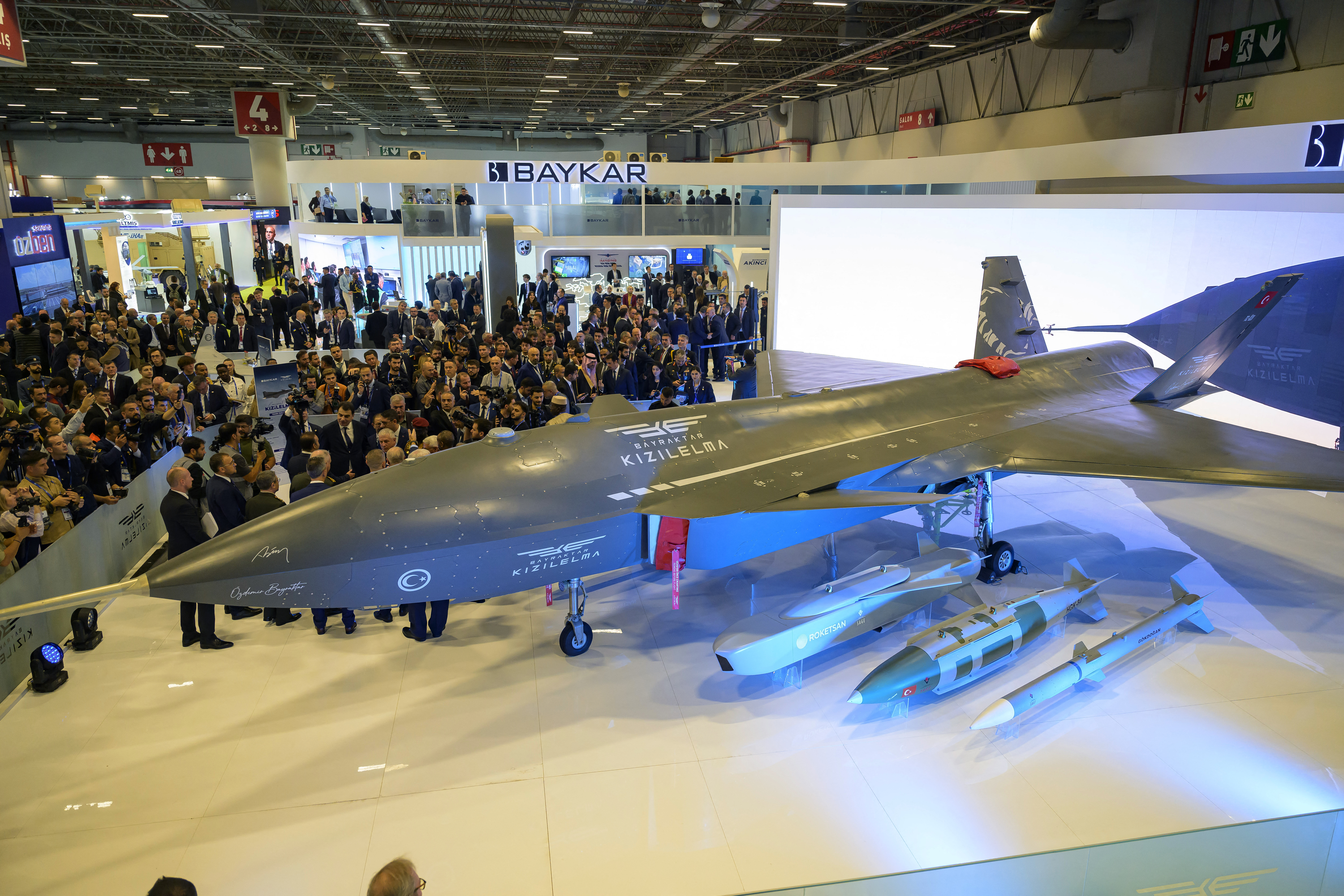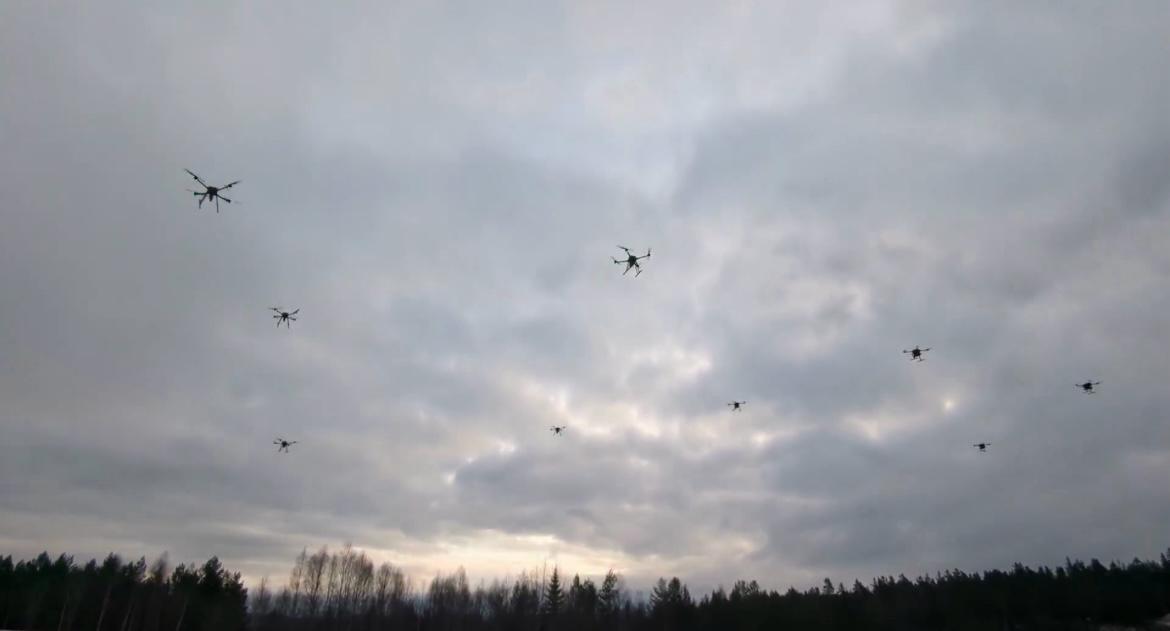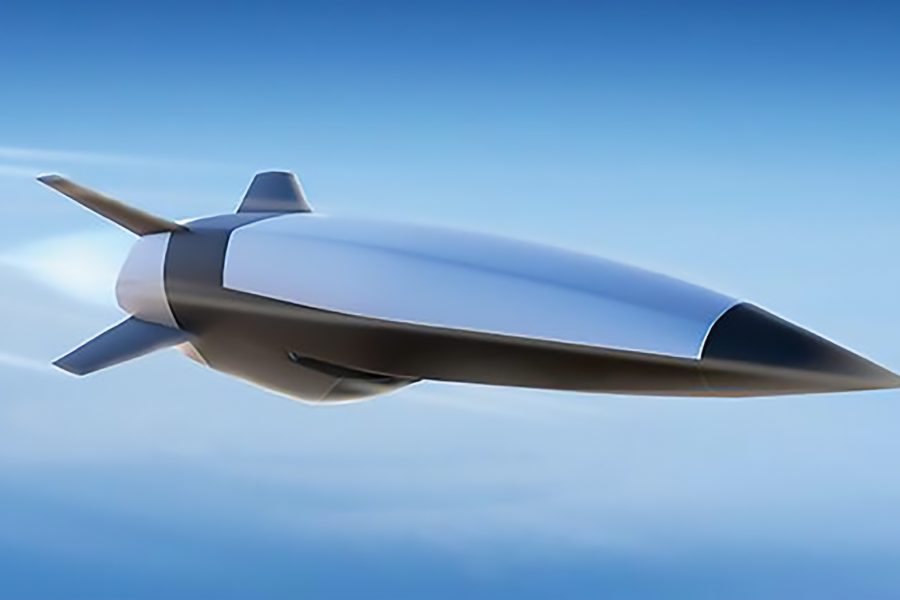
The Hypersonic Attack Cruise Missile will have its first test flight this fall, a yearlong delay from previous plans, according to Air Force budget documents.
The fiscal 2026 budget request also indicates that the service plans to work on design refinements and integration with both Air Force and Navy fighters this coming fiscal year.
“Initial flight testing of HACM prototypes” is planned for fiscal ’26, which starts Oct. 1, and funding for integration, qualification, and testing is projected to ramp up to $52.7 million, up from $44.1 million in 2025, “due to additional flights,” per budget documents. The documents did not specify how many additional flights.
Overall, HACM is projected to be funded at $802 million in 2026, up $354 million from 2025. That increase is to “expand the Manufacturing Capacity for HACM in preparation for its transition out of Rapid Prototyping, development of prototype rounds, and operational suitability improvements,” documents state.
Under the rapid prototyping phase of the program, RTX’s Raytheon unit was to build 13 HACM weapons, the Government Accountability Office said last year. Northrop Grumman is developing the air-breathing engine that will power the missile, which is small enough to be carried by fighters.
Work in the upcoming year “will include additional design verification testing, operational suitability improvements, prototype manufacturing, systems integration, subsystem qualification, manufacturing capacity investment, and integration on the F-15E and F/A-18F platforms,” the Air Force said in its request. The design of the missile and its suitability for those aircraft is to be refined, and “prototype rounds” will be produced. The HACM is being designed and refined using “model-based system engineering” in a digital ecosystem.
“The program will prioritize integration on the F-15E platform to meet U.S. warfighter needs,” the Air Force said in its request.
The Government Accountability Office, in a 2024 report, said the HACM was slated to be tested 13 times between October 2024 and March 2027. But earlier this year, the Air Force said it could not comment on the progress, if any, of HACM flight tests, due to secrecy. The GAO said in June that HACM is “behind schedule,” without offering specifics.
At that time, an Air Force spokesperson said Raytheon, Northrop, and the service were developing “a new schedule baseline that still adheres to the five-year timeframe for rapid prototyping efforts.” The HACM was initially supposed to be fielded around 2027.
The yearlong delay in getting HACM into the air may have affected the Air Force’s decision to resurrect the AGM-183A Air-launched Rapid Response Weapon, or ARRW—built by Lockheed Martin. It had previously seemed to lose interest in ARRW two years ago after spotty success in its flight test program. The service requested no money for ARRW in fiscal 2025, but its 2026 request includes $387.1 million for the missile, which, unlike HACM, is of the boost-glide type.
The GAO said earlier this year that Raytheon projects “it will significantly exceed its cost baseline” for HACM. At that time, GAO said the Air Force was considering dropping two flight tests as a cost-saving measure to get spending back on track, but apparently the decision was made to preserve the planned flight test effort.
The ARRW is propelled to hypersonic speed by an ATACMS missile, then glides and maneuvers to its target. The HACM is longer-ranged because it carries a propulsion system. Senior Air Force leaders have in the last few years expressed preference for HACM because it is smaller, longer-ranged, and more operationally flexible than ARRW, which must be carried by a bomber like the B-52 because of its size. “Hypersonic” means speeds at Mach 5; five times the speed of sound, or about 3,800 miles per hour.
Hypersonics program officials have in recent years complained about the availability of hypersonic testing ranges—particularly over land—and hypersonic simulation tools and wind tunnels, saying these factors are slowing efforts to develop the hypersonic class of missiles. The U.S. has obtained an agreement with Australia to permit hypersonic systems testing over the Northern Territories, which are largely uninhabited, as part of the SCIFIRE (Southern Cross Integrated Flight Research experiment. The Air Force describes SCIFIRE as a “bilateral U.S./Australia effort which matures air-breathing cruise missile technology.”
The HACM was approved as a mid-tier acquisition pathway program for rapid prototyping in December 2021. Raytheon got a $985.3 million cost-plus fixed fee contract in September 2022 to cover all “long lead parts, materials and labor for HACM Critical Design Review, development, integration, qualification and flight testing “of all-up rounds.
“To prepare for a future production program that meets warfighter desired quantities in relatively short timelines, the program will begin making targeted investments in Manufacturing Capacity Enhancements (MCE),” the Air Force said in its request. “These investments will ensure the industrial base can handle a ramp to full rate production that supports warfighter needs. Investments must begin in advance of a future production program to prevent significant delays in delivering assets to the field.”
The post HACM Flight Tests Expected in Fiscal ’26 After Yearlong Delay appeared first on Air & Space Forces Magazine.

Air, HACM, hypersonic missile test, hypersonic missiles, hypersonics, hypersonics testing
Air & Space Forces Magazine
[crypto-donation-box type=”tabular” show-coin=”all”]

